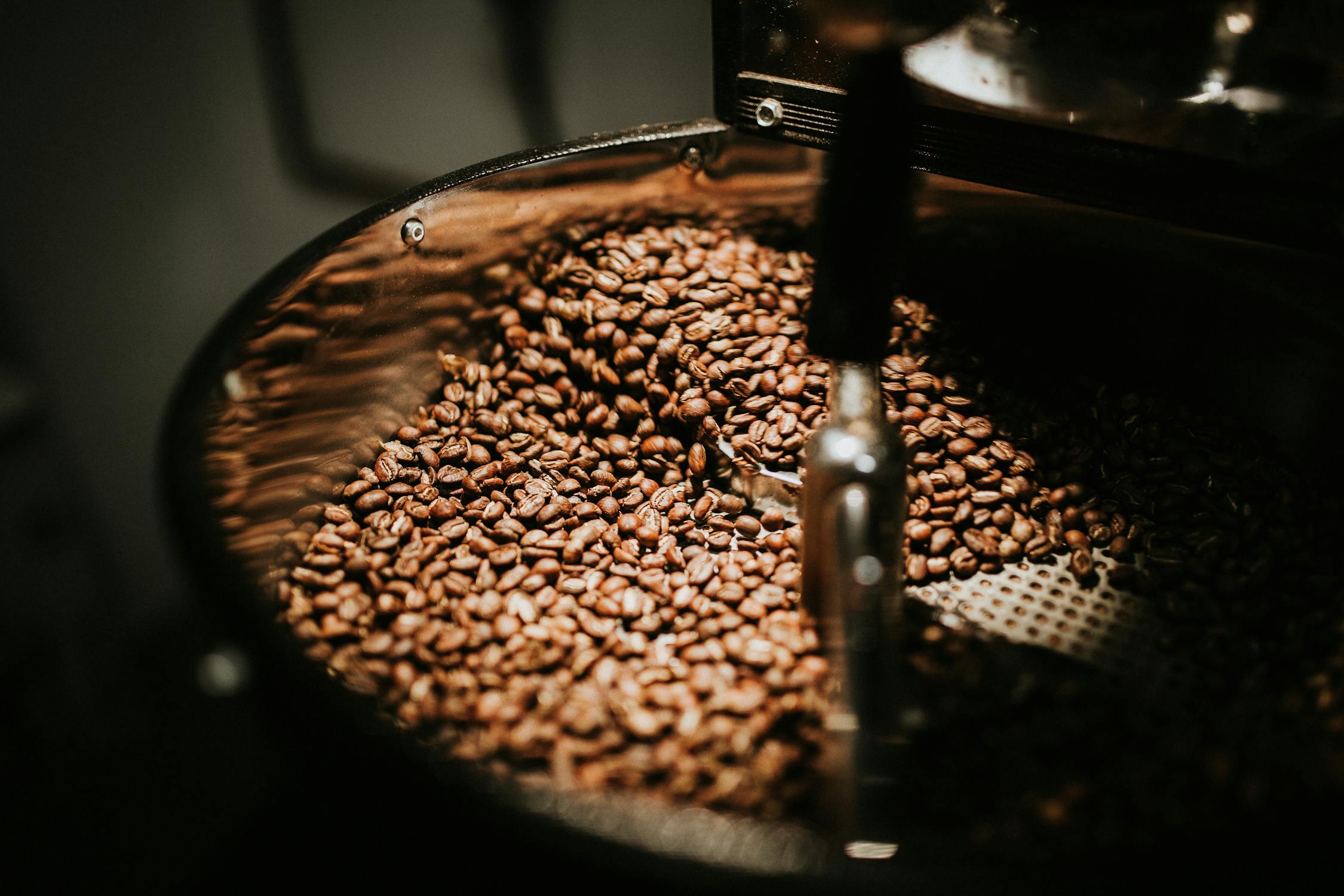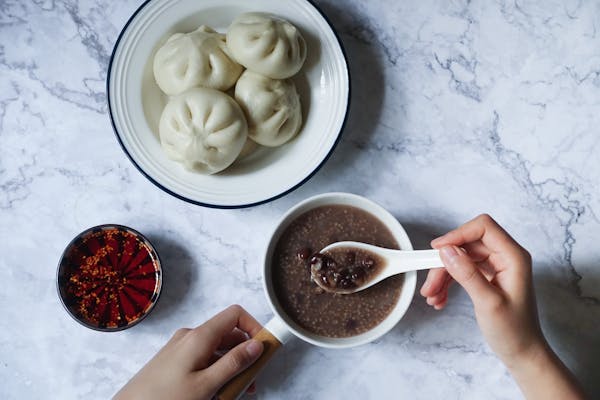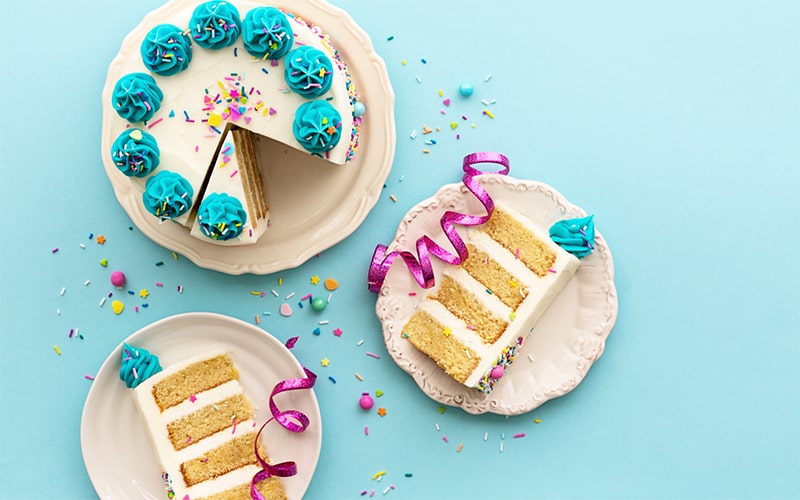Were you focused on food professionally from the get-go?
There was a period when I got out of the house where I definitely wasn’t focused on it. I wouldn’t call my college years particularly healthy. But as I got into my 20s and I started working hard, I very much realized how much diet and exercise made a difference in my ability to maintain that pace. I was doing Paleo back in 2007 before it was a thing. I was fasting.
What’s the biggest professional mistake you ever made, and what did you learn from it?
The biggest professional mistake I ever made was actually the summer I decided to get a real job. After my junior year at Harvard, everybody was doing consulting or investment banking, and I decided I needed to also. So I spent the summer at McKinsey and the people were amazing. The work was interesting, but it just didn’t inspire me the way that entrepreneurship did. So it was actually the mistake that clarified my path most, because if I could go to a place that had the pedigree, it had amazing people and was intellectually stimulating and it still wasn’t filling me up, I knew I had to start something myself.
What happened when the pandemic hit? A lot of businesses fell off the cliff.
The acute phase of the pandemic was a really unique moment. You went from some people thinking about their health to literally everybody thinking about health. You went from some people shopping online to everybody shopping online. So we had to respond by scaling.
One of the big challenges initially was, how do we keep our fulfillment centers operating and our workers safe? Two-thirds of our employees are in those fulfillment centers, and they were truly the heroes of that acute phase.
Beyond all the craziness of that acute phase, the pandemic has accelerated secular trends we were already betting on as a business. People are more socially in tune and more focused on the environment, more conscious of health today than they were two years ago. And then e-commerce. We’ve had two years of people habituating more and more in the direction of shopping online. And I think a lot of that behavior has stuck.
What do you think the biggest obstacle to getting people to eat healthy is these days in America?
There are multiple barriers. One is just cost. Organic and natural products tend to be priced at a premium. Another is geography. Half of Americans don’t live within driving distance of a healthy retailer. But I think the biggest one is more emotional barriers. Where do I start? Can I trust these products? It’s overwhelming. It’s intimidating. If you go onto Amazon and search for almond butter, you’re going to find 9,000 results. Where do I go with that?
We want to break down each of the barriers to conscious living. We want to make it affordable. We also want to make it really easy and really seamless.






